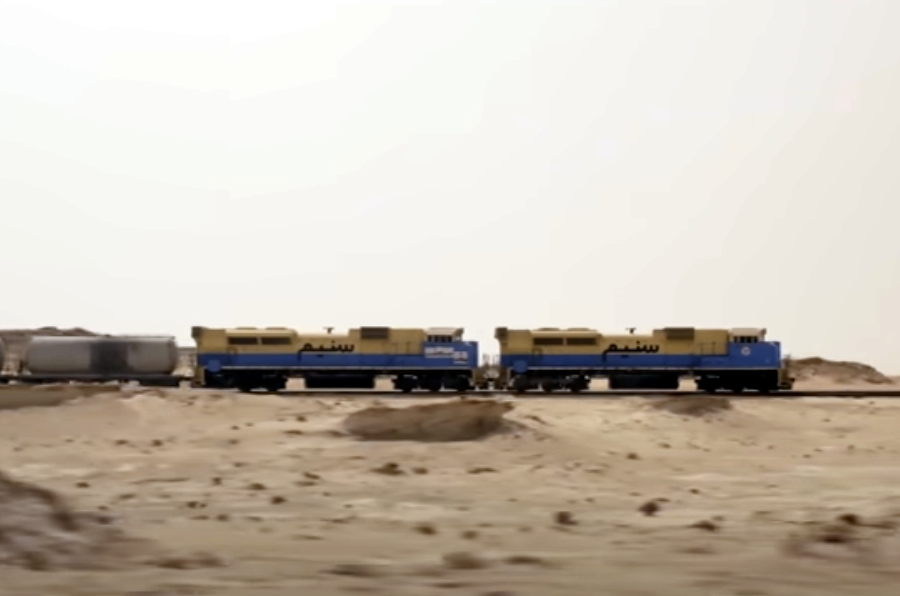
National Geographic has once again put the spotlight on one of the most extreme journeys on the planet with the rebroadcast of the documentary The Mauritania Railway - Backbone of the Sahara, directed by filmmaker Macgregor. The 13-minute film portrays the breathtaking journey of the mineral train across the Mauritanian desert, a journey of almost 700 kilometres.
The railway line, opened in 1963, links the mining town of Zouérat with the Atlantic port of Nouadhibou. Its trains, up to 3 kilometres long, carry tonnes of iron ore and are a mainstay of the country's economy. But beyond its industrial role, the train acts as a vital artery for isolated communities in the Sahara.
The documentary follows Malick, a young man who travels for 30 hours on board a wagon loaded with ore. The conditions are extreme: temperatures above 40 degrees, constant dust and the real risk of serious accidents. For many like him, this route is not an adventure, but a necessity.
Shot in 4K technology, the film is notable for its spectacular images, with aerial shots showing the loneliness of the convoy crossing seas of sand. National Geographic has described the documentary as "a breathtaking experience that travels through the heart of Western Sahara".
The train doesn't just carry minerals. It also carries supplies, people and opportunities. In recent years, some tourist routes have been revived, offering travellers the chance to experience this unique experience, once reserved for local traders and workers.
The documentary is available for free on National Geographic's official YouTube channel. A perfect opportunity to discover one of Africa's most impressive infrastructures and the lives that revolve around it.
Source: linkedin.com/nayra-delgado; intro.africa; imdb.com
